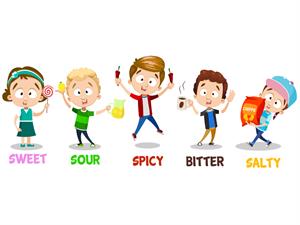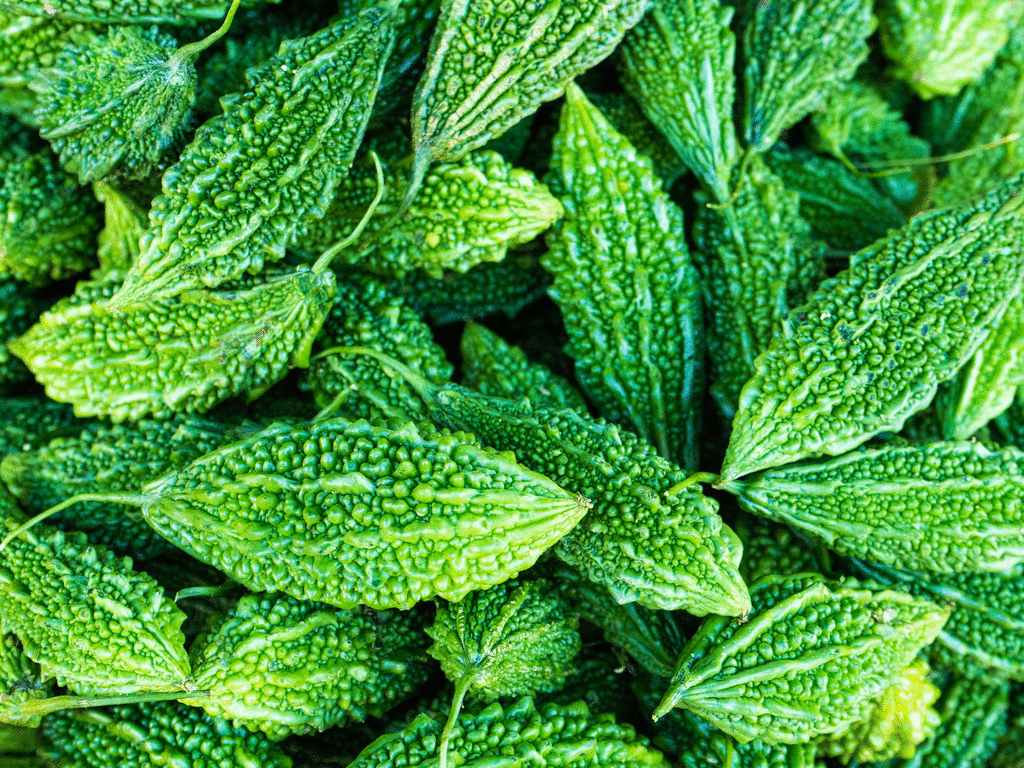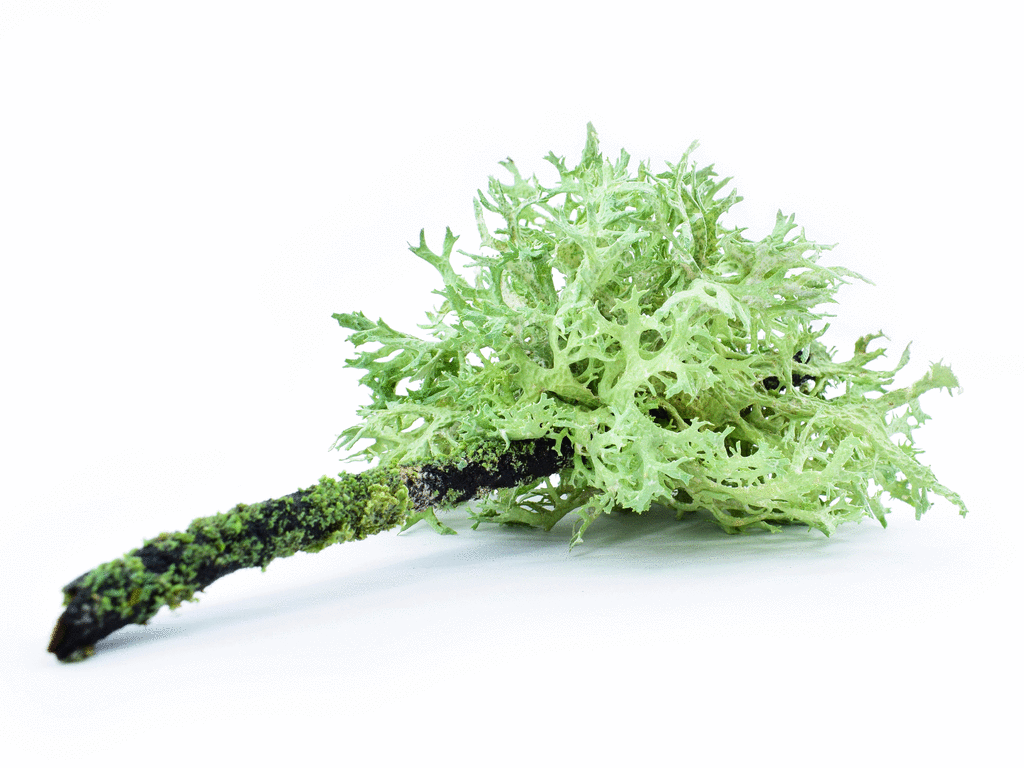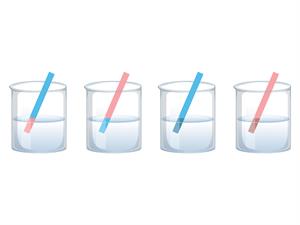
PUMPA - SMART LEARNING
எங்கள் ஆசிரியர்களுடன் 1-ஆன்-1 ஆலோசனை நேரத்தைப் பெறுங்கள். டாப்பர் ஆவதற்கு நாங்கள் பயிற்சி அளிப்போம்
Book Free DemoLet us see some basic information about acid, base, the reaction of acid and base, and natural indicators.
We use and taste many substances in our daily life, such as salt, sugar, vinegar, lemon, orange, and more. But have you ever wondered why they taste differently? Let us see why certain substances taste sweet, some bitter and sour so on.

Different types flavour
You must have tasted these items such as curd, lemon juice, orange juice, and vinegar.

Acid containing substances
These substances give a sour taste when we have them. It is due to the acid present in these eatables. The substances that contain acid are known as acidic substances. An acid is a substance with more H^+ ion concentration.

Sour taste
Acid is derived from the Latin word 'acere', which means "sour".
Now let us see why certain substances taste bitter.
Now let us see why certain substances taste bitter.
When we taste green leafy vegetables, cauliflower, broccoli, baking soda, it gives a bitter taste because they contain base.

Substance containing bases
The substance that contains more OH^- ions are basic in nature. Bases are compounds that contain oxygen along with hydrogen.
The reaction of turmeric and soap solution:
We can observe that if we put the soap solution on the turmeric, it turns reddish-brown in colour. This is because of soap containing high hydroxyl ion concentration, so it will act as a base solution. On the other hand, turmeric solution act as an acid solution.
Acidity:
Acidity:

HCl secretion in stomach
In our stomach, hydrochloric acid is secreted to digest the food we eat. So when there is an excess secretion of this acid, it will lead to acidity. To solve this problem, we use antacid, which will neutralise the acid in our stomach.
Litmus paper:
The litmus paper is prepared by treating normal paper with natural dyes that are extracted from lichens.

Lichens
Litmus solution is a purple dye extracted from lichen, a plant in the Thallophyta division, and is often used as an indicator.

Changes in litmus paper
When exposed to acid, a purple or neutral litmus paper changes colour from purple to red, indicating an acid, and turns blue when exposed to alkaline (or basic) conditions. Purple is the colour of the litmus solution when it is neither acidic nor basic.
There are many other natural materials that helps to indicate the presence of acid or base in a solution, such as red cabbage leaves, turmeric, and coloured petals of some flowers, such as Hydrangea, Petunia, and Geranium. These are referred to as acid-base indicators or simply indicators.